Indiana Dunes Flower Quest—SEPTEMBER
There’s an autumn chill in the air on September mornings in the Indiana Dunes, but the beautiful wildflowers blooming this month dazzle like a ray of sunshine! Take another journey on the Indiana Dunes Flower Quest and see how many treasures you can spot as summer fades away.
How many of these fleeting wildflowers can you find? We’ve created an online reference below for you to track your progress. In the interest of being environmentally friendly, we encourage you to keep a mental note of your progress or take notes using your smartphone.
![]()
Be sure to tag @indianadunes and use #dunesflowerquest.
Need some help identifying your discoveries? Try identify.plantnet.org.
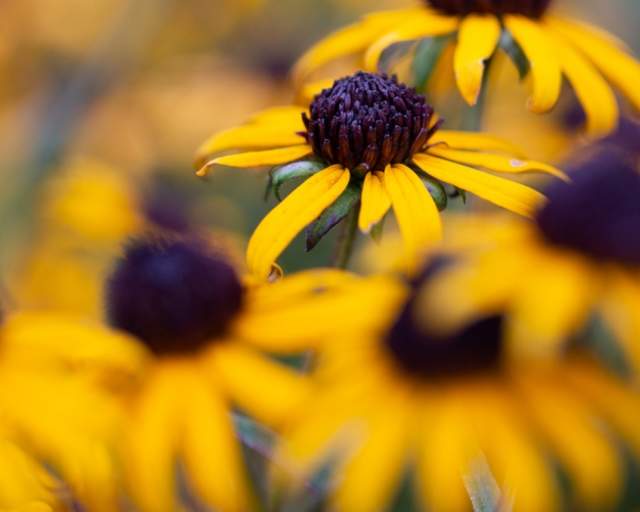
Black-eyed Susan
These yellow daisy-like flowers, with their distinctive dark centers, and native to North America. They are loved by pollinators, which feast on the flower’s nectar, and by birds, which eat the seeds. It’s not only beautiful: extracts from this common wildflower can be used in antibiotics!
Reference the Quest Map to help guide you to this flower.
Closed Gentian
As the name suggests, this lovely flower actually stays shut when it blooms! It can blossom all the way into October, with distinctive “bottle”-shaped flowers of purple and sometimes white. It’s named for an ancient king, King Gentius, and bees seeking the flower’s nectar have to force their way inside!
Reference the Quest Map to help guide you to this flower.
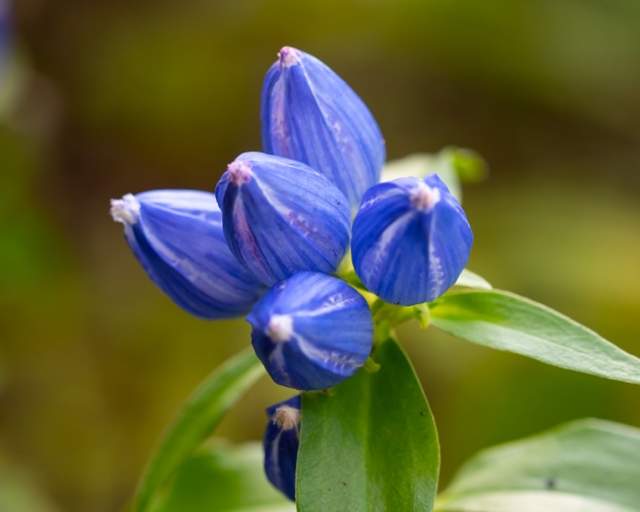
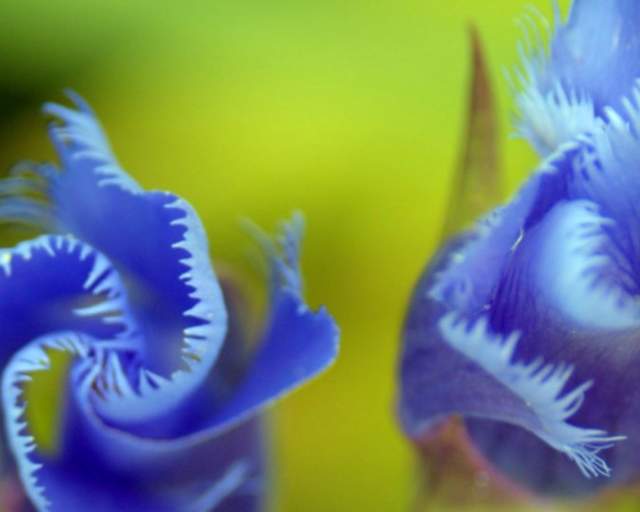
Fringed Gentian
Unlike its “closed” cousin, this beautiful blue flower opens its four fringed petals in the sunlight, only to close them again at night. The plant thrives in the wetlands and sandy soil of the Indiana Dunes, and is becoming more rare in places where such habitats are threatened.
Reference the Quest Map to help guide you to this flower.
Goldenrod
These yellow flowers can grow from 3–6’ in height and can spread rapidly, overwhelming other plants and leading some to misidentify goldenrod as a weed. This native flower is very useful, however, attracting birds and pollinators, including native bees. Its distinctive color even served as the inspiration for a distinctive yellow crayon!
Reference the Quest Map to help guide you to this flower.
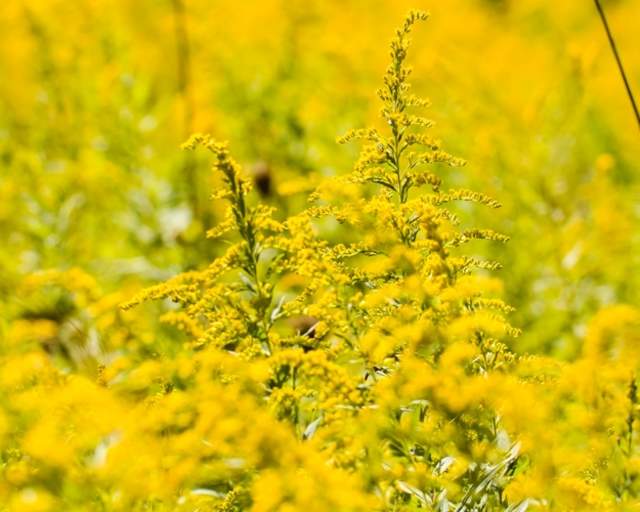
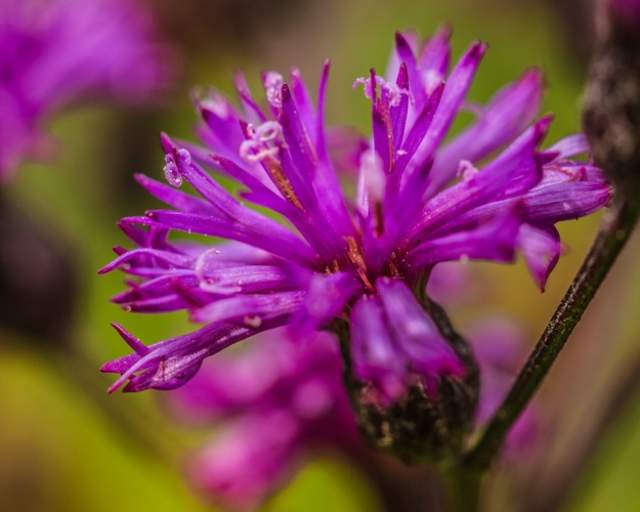
Ironweed
Ironweed can grow up to eight feet tall, and its beautiful purple flowers will dazzle during the month of September. Each plant has a multitude of tube-shaped flowers with five petals, growing in clusters at the top of the tall stems. A butterfly favorite, ironweed has light seeds that spread in the wind.
Reference the Quest Map to help guide you to this flower.
Kalm's Lobelia
These fragile light blue flowers thrive in wetlands like those of the Indiana Dunes, and feature a telltale white spot on their lower petal. Despite its lovely appearance, kalm’s lobelia is toxic, though hummingbirds enjoy the plant’s nectar.
Reference the Quest Map to help guide you to this flower.
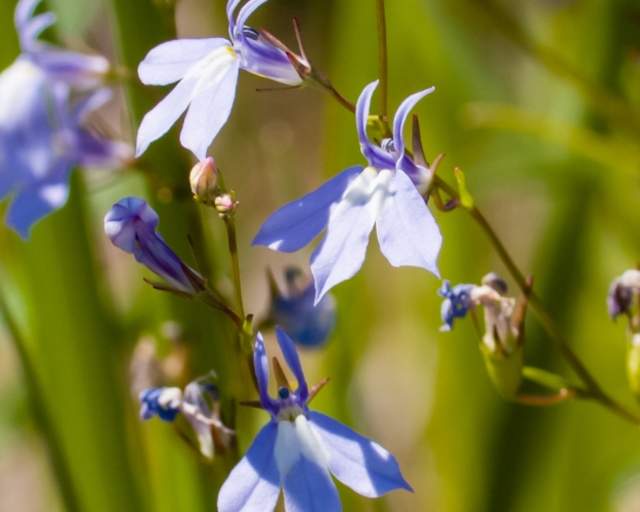

Lion's Foot
This distinctive-looking drooping flower has many names, including white lettuce, rattlesnake root, and even snakeweed! But don’t let these names scare you off: they come from the plant’s traditional use in treating snakebites.
Reference the Quest Map to help guide you to this flower.
Nodding Beggartick
With their bright yellow blossoms, these flowers somewhat resemble their taller cousins, the sunflower, particularly as they grow and “nod.” They do well in the damp habitats of the Indiana Dunes, and they are beneficial to native bees. These little bursts of sunshine will also bloom all the way into October!
Reference the Quest Map to help guide you to this flower.
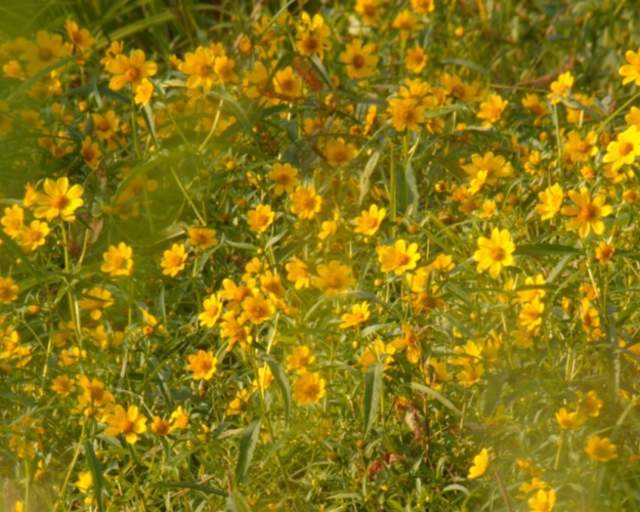

Nodding Lady Tresses
These beautiful white flowers grow in spiraling rows to form a spike of blossoms at the top of the plant. Their spiraling shape has inspired some to say the flowers resemble a staircase. The nodding lady tresses are truly an Indiana Dunes treasure, as they are a member of the orchid family, and can bloom throughout the fall season!
Reference the Quest Map to help guide you to this flower.
Polarplant
This bright yellow flower is also commonly called the compass plant, a name that comes from the way the plant’s large leaves are oriented north and south in order to maximize sunlight during the morning and evening. The flower can grow up to eight feet in height, and are said to have helped early travelers navigate the prairies. While the height is impressive, the polar plant’s roots can grow almost twice as long, stretching up to 15’ below ground!
Reference the Quest Map to help guide you to this flower.
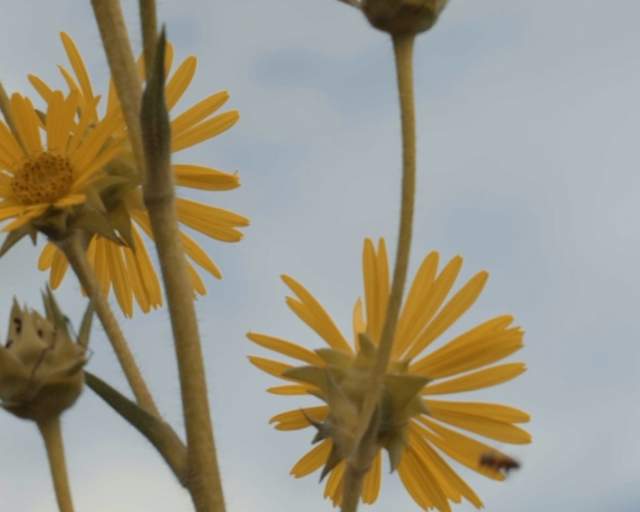

Purple False Foxglove
These lovely pink or purple flowers do well in moist, sandy soil like that found in the Indiana Dunes. The five delicate petals have fine hairs on their edges, and the center of the flower is white with purple spots. This beautiful plant is also parasitic, gaining nutrients not only from photosynthesis, but through preying on the roots of other plants!
Reference the Quest Map to help guide you to this flower.
Spotted Touch Me Not
With its spotted orange petals, these flowers stand out in a crowd. Blooming into the fall, they are favorites of hummingbirds, and traditionally they were thought to be a poison-ivy remedy! Their name comes from their “explosive” seed pods, which can burst at the slightest touch.
Reference the Quest Map to help guide you to this flower
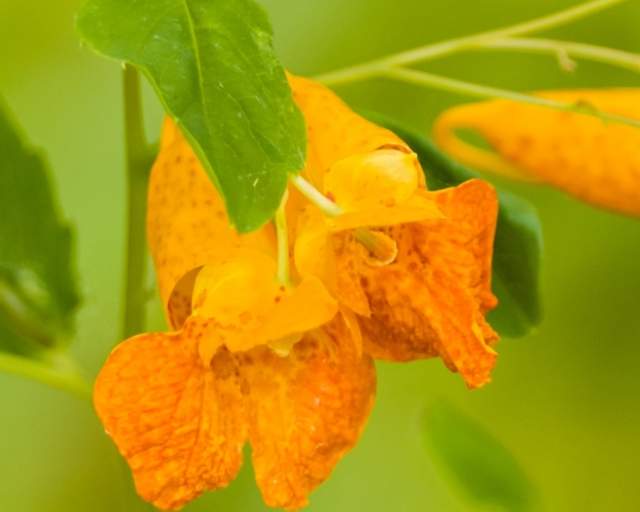
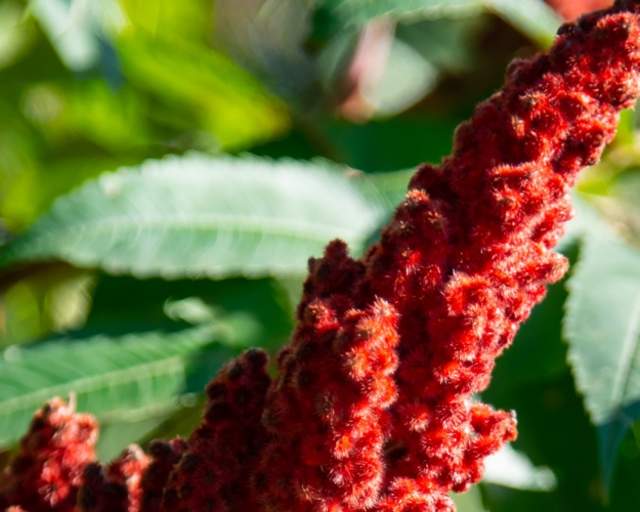
Stag's Horn Sumac
These shrubs can grow almost as large as trees, and they get their name from the fact that their hairy branches can resemble velveted antlers. Their flowers grow in tight clusters at the ends of their branches, and the yellowish petals give way to deep red berries that can last even into the winter!
Reference the Quest Map to help guide you to this flower.
Swamp Aster
As the name suggests, these flowers thrive in wetlands, and they are important plants for pollinators. And that’s not all–wild turkeys will dine on their seeds, and everything from caterpillars to white-tailed deer will munch on their leaves. Each plant will have several flowers, and every flower can have as many as SIXTY petals!
Reference the Quest Map to help guide you to this flower.

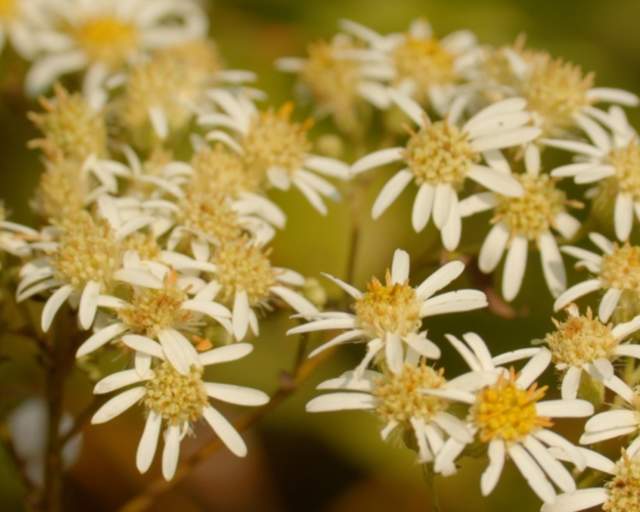
Umbellate Aster
An important food source for birds, animals, and a large variety of pollinators, the umbellate, “flat-topped” aster, has flowers with anywhere from 2 to 15 petals. These petals are not evenly spaced, so the flowers sometimes look like they are missing petals! Their centers first appear yellow, but they very quickly turn pale and brown.
Reference the Quest Map to help guide you to this flower.
White Loosestrife
These hardy plants can spread rapidly, and their relative, the purple loosestrife, is often considered invasive. Their distinctive spike of flowers nods at the top, giving the plant its other common name, the “gooseneck” loosestrife.
Reference the Quest Map to help guide you to this flower.
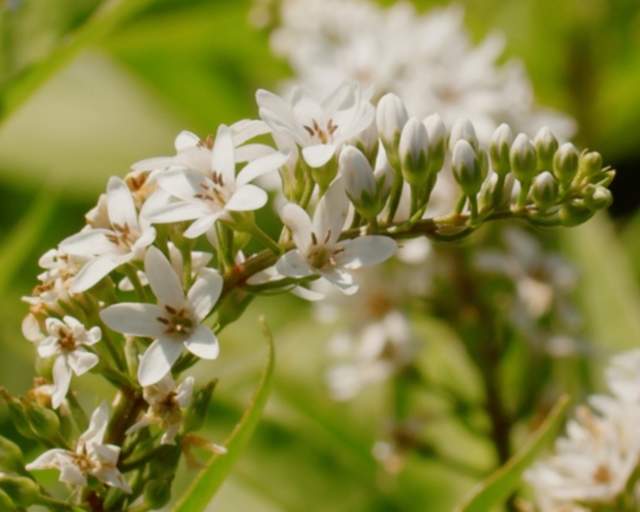
A Note on Invasive Wildflowers
The Indiana Dunes are home to so many beautiful wildflowers. Unfortunately, not all of them belong here. Over the years, non-native species have taken root in the region, crowding out native species that are crucial for supporting fragile ecosystems. The parks, non-profit organizations, and volunteers work diligently to restore these areas.
If you spot an invasive species, please leave it be: it takes careful oversight to remove these plants without damaging the area, and poison ivy, ticks, and sometimes even toxins from the plants themselves can be a hazard.
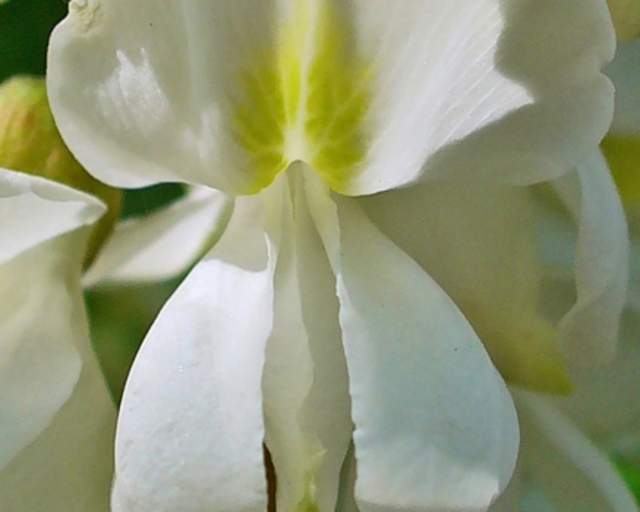
Black Locust
Not all invasive plants have to come from overseas. Black Locusts are native to some parts of Indiana, but they don’t belong everywhere! These fast-growing trees spread so aggressively that they can quickly crowd out the local plants. Their bright flowers also compete with native plants for the attention of pollinators, while their towering branches prevent sunlight from reaching other plants.
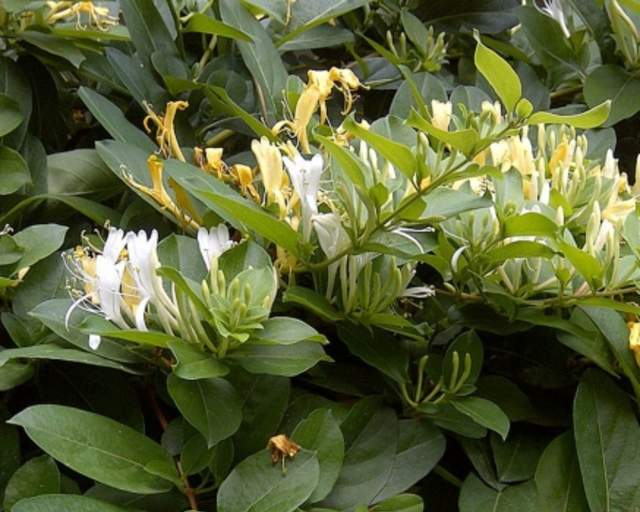
Japanese Honeysuckle
These sweet-smelling plants have tough, woody vines that spread rapidly and survive through the winter. They thrive in wetland habitats like those found in the Indiana Dunes, forming thick mats that choke out other plants and wrapping around native trees and shrubs, shredding their protective bark in a process called girdling.
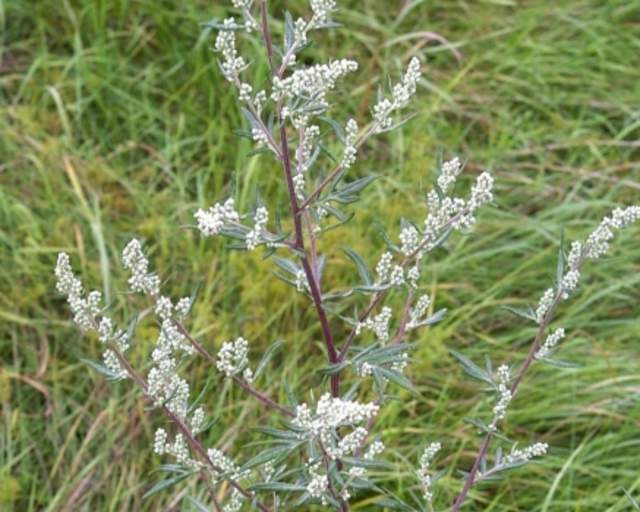
Mugwort
Also known as wormwood, this invasive plant can grow up to five feet tall! A single plant can produce as many as 200,000 seeds, and its dense underground root structure allows it to spread quickly and makes it very hard to remove. It smells bad when crushed, meaning animals like deer avoid grazing on it!
More Things to See & Do
Outdoor Adventures
Shaped by nature, made for adventure. In the Indiana Dunes, it’s all about fun times and tan lines—from…
Dunes Deals
Shake off the sand south of the Indiana Dunes! Dig up real savings with Indiana Dunes Deals and make the most of…
Indiana Dunes Shop
Don’t just experience the Indiana Dunes; take it home with you. Find your new favorite T-shirt, hoodie, or…
Pet Friendly
There’s a reason Indiana Dunes National Park was named the #1 pet-friendly attraction in the state of Indiana…
Arts & Entertainment
It’s not all sand-fringed lakes and epic sunsets. Here, you’ll find a vibrant arts scene stoked by a…
Volunteer
Be the Change — Volunteer! Get more involved with the Indiana Dunes!
The story of the monarch butterfly is one of incredible transformation and epic travel. We are also part of this adventure, and each of us can play a key role in the survival of the monarch…
Plant Your Own Monarch Garden
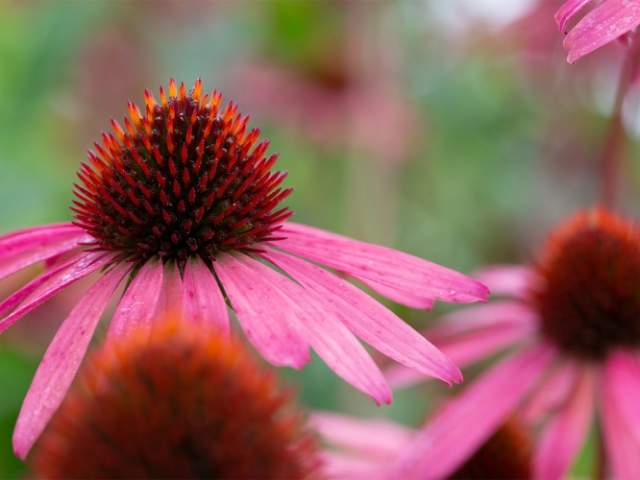

15% Off
Applies to native plants and monarch butterfly plants. Valid on regularly priced plants, shrubs, and trees only. Show this coupon at the register.
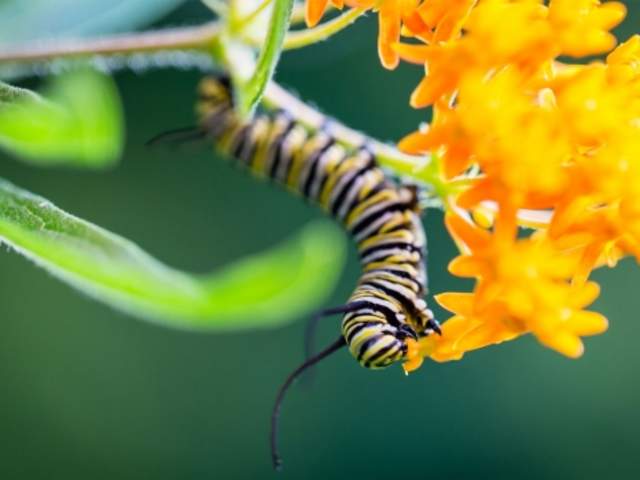

15% Off
Applies to native plants and monarch butterfly plants. Valid on regularly priced plants, shrubs, and trees only. Show this coupon at the register.
Tales from the Dunes
Indiana Dunes Blog
Indiana Dunes National Park is 5th in the nation for biodiversity. That’s more than Yellowstone, Grand Teton, and the Everglades. Read more about monarchs and other diverse flora and fauna.
Book a Place to Stay
Bed & Breakfasts
Feel like family with intimate accommodations that range from nature-inspired retreats in the woods…
Hotels & Inns
A convenient stay located near downtown? What about a country retreat heaped in Old World charm? Or…
Why We Should Try to Appreciate Spiders
- 5 minute read
Did you know that the first week of April is National Be Kind to Spiders Week? To be kind to spiders (that is, to…
Interesting Facts About the Indiana Dunes
- 6 minute read
There's more to the Indiana Dunes than warm sand, blue water, and miles of hiking trails. For example, as of…
Walking in a Winter Wonderland
- 5 minute read
It’s December, and I find myself singing along to all the holiday songs on the radio and playing in the…
Hitchhiking Seeds: How Plants Travel
- 4 minute read
It’s the fall seed harvest time of the year. Most days, after spending time in the prairie harvesting native…
Photography and Bumble Bee Bottoms
- 4 minute read
I love smelling flowers. I’m sure there are oodles and oodles of articles and scientific journals describing…
















